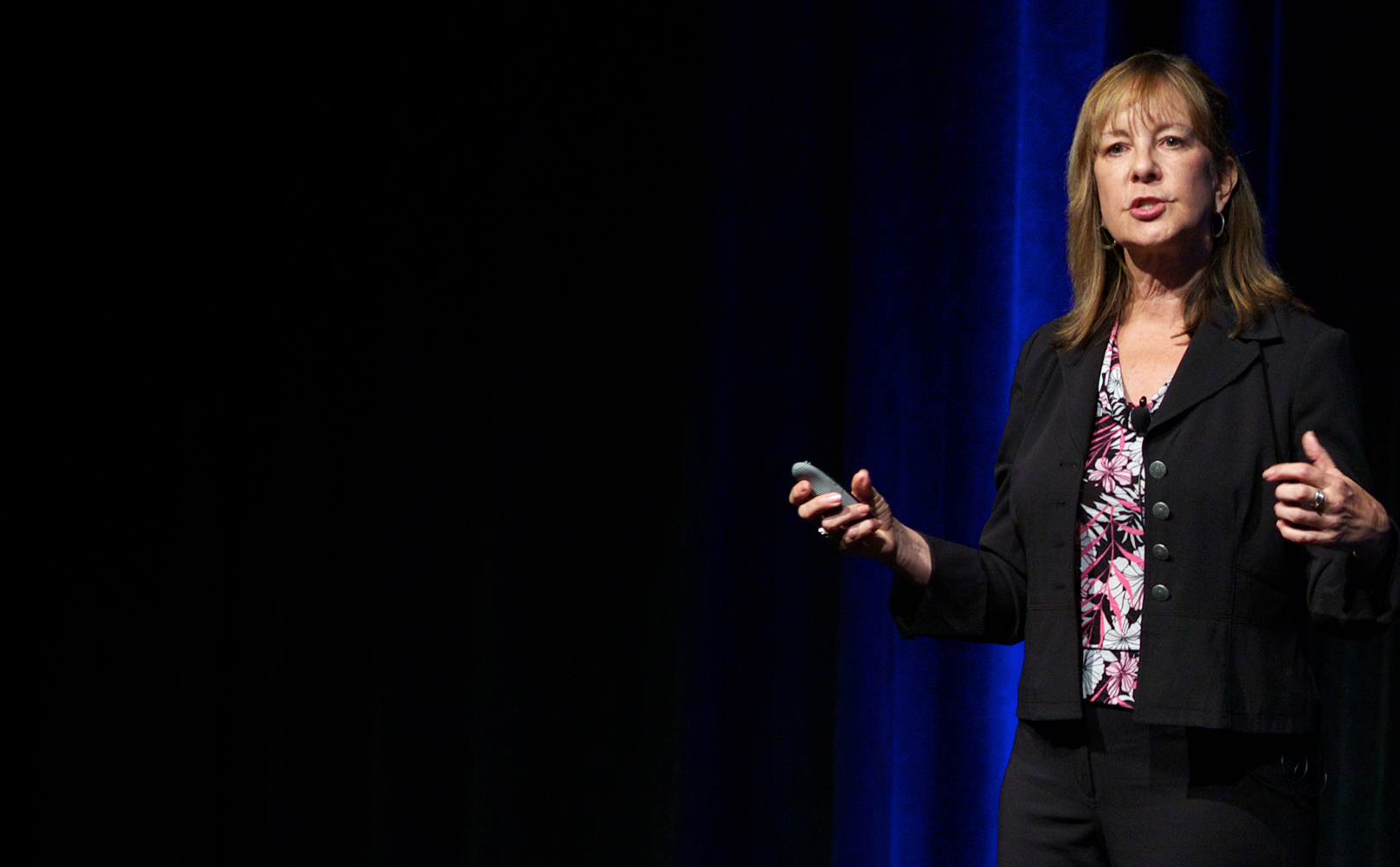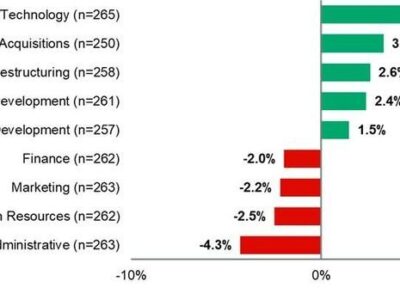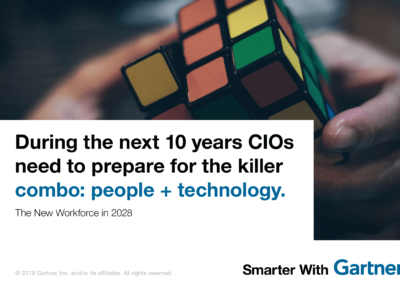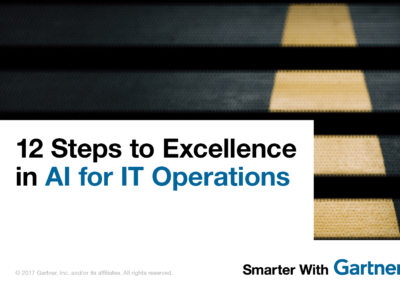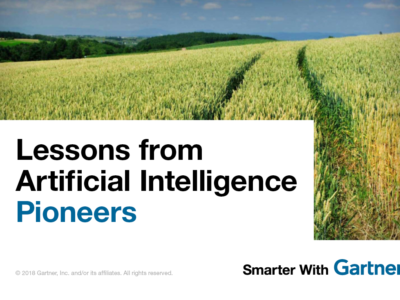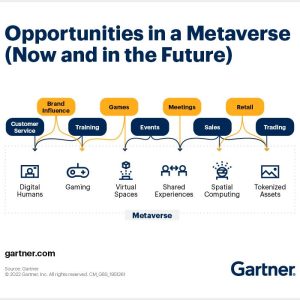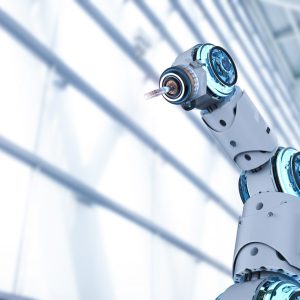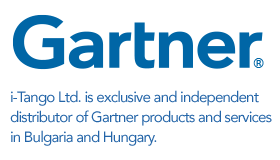In digital business transformation, mindset really does matter.
Contributor: Susan Moore
The journey to digital business is an uncertain one for many enterprises. There are few tried and true practices, and the path varies for each.
Successful enterprises are experimenting with “learning forward” to apply insights to subsequent experiments and make continual progress on the road to becoming a digital business.
“Grappling with thorny challenges is a good thing, and the path to success is a messy one,” said Elise Olding, research vice president at Gartner. “Rather than focusing on absolutes, it can be tackled with hard work, good strategies and input from others. When the outcome is highly uncertain and volatile, experimentation is a valuable way forward.”
Organizations must learn how to develop a growth mindset to build an innovative culture that will thrive in the era of digital business.
A growth mindset embraces the idea that basic qualities can be developed through hard work, good strategies and input from others. Intelligence and talent are the starting points, supplemented by continual learning. Those who embrace this mindset see challenges as opportunities to grow and learn, and they are resilient, even when faced with failure.
In contrast, a fixed mindset is one of absolutes. People with a fixed mindset believe their basic qualities like character, intelligence and creative ability are fixed traits, and these innate talents are the reasons for their success, not effort. This mindset can support a risk-averse culture.
Failure is a necessary condition for success. As Henry Ford said, “The only real mistake is one from which we learn nothing.” Creativity and innovation will increase when the stigma of failure and appointing blame is banished.
Accept input from anyone
The journey to digital business is a team sport, and it’s OK to admit as a leader that you don’t have all the answers.
Be willing to accept ideas and insights from anyone, no matter what their level in the organization. The more you can demonstrate that you’re comfortable with ambiguity, the more approachable the organization will find you and be more open to sharing ideas.
Leaders who build a growth mindset also relinquish control over the process and are willing to stray from the original plan to achieve excellence.
As Ed Catmull, co-founder and president of Pixar, states: “Rather than thinking, ‘OK, my job is to prevent or avoid all the messes,’ I just try to say, ‘Well, let’s make sure it doesn’t get too messy.’” This leadership style reflects much of the growth mindset and has kept Pixar creative and successful.
Not a panacea
The growth mindset isn’t without its critics. Trying harder doesn’t itself generate improved outcomes or learning.
“It shouldn’t be used as an excuse for poor judgment or lazy thinking — a dumb idea is still a dumb idea in any context,” said Ms. Olding.
Applying the growth mindset to the enterprise is still in its early days, but it’s clear that it lends itself well to dealing with uncertainty that is inherent in digital business transformation.
Leaders who build a growth mindset relinquish control over the process and are willing to stray from the original plan to achieve excellence.
The environment of our enterprises can be hostile to the growth mindset. Generations of metrics, performance management systems, leadership practices and culture can thwart and even punish the use of a growth mindset.
Leading organizations will thoughtfully consider these challenges. Patience, consistent application by leadership, and persistence can turn the tide.
Organizations must learn how to develop a growth mindset to build an innovative culture that will thrive in the era of digital business.
Gartner clients can read more in the report: “Foster a Growth, Not a Fixed Mindset.”
Business transformation trends will be discussed further at the Gartner Business Transformation & Process Management 2016 taking place June 20-21 in Sydney. Follow news and updates from the event on Twitter at#GartnerBPM.
For more visit Smarter With Gartner website.

